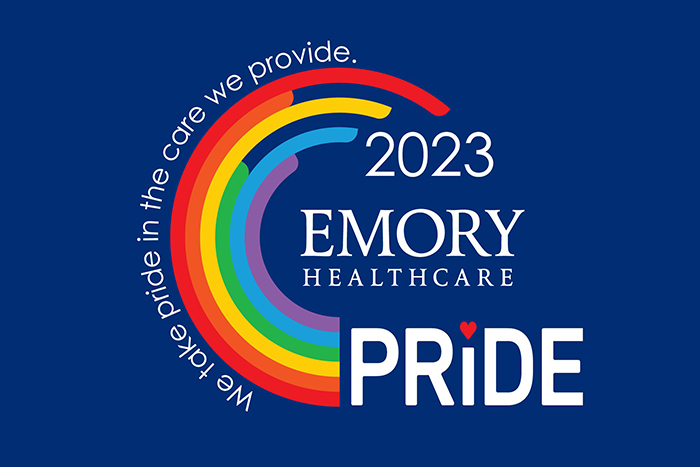Q: Explain what the Healthcare Equality Index designations mean for patients and employees at Emory Healthcare.
The Healthcare Equality Index designations mean that our health system promotes equity and inclusion for LGBTQ+ patients, their families, visitors and employees. Our policies and practices were rigorously evaluated, and, for patients, this means we take specific steps to provide the best care and experience possible; from gender-affirming care to equal visitation and all aspects of the patient journey.
Q: What does this recognition mean for Emory Healthcare?
This year is the first time all Emory Healthcare hospitals participated in the Healthcare Equality Index Report, and I feel it demonstrates our unified commitment to patients, employees and community members who identify as LGBTQ+. It also allows us to understand opportunities for improvement.
Q: In the Healthcare Equality Index report, statistics show health disparities throughout the country regarding LGBTQ+ patients. As a system, what are the goals for patients seeking care at Emory Healthcare hospitals?
 Based on Emory Healthcare’s Diversity, Equity and Inclusion (DEI) Strategic Plan, our equity goal is to eliminate health care disparities across the care continuum and advance health equity. While advancing this work is a collaboration amongst many in the system, this effort is now coordinated by the Health Equity Office.
Based on Emory Healthcare’s Diversity, Equity and Inclusion (DEI) Strategic Plan, our equity goal is to eliminate health care disparities across the care continuum and advance health equity. While advancing this work is a collaboration amongst many in the system, this effort is now coordinated by the Health Equity Office.
Members of the LGBTQ+ population across the nation report they have postponed medical care due to fears of discrimination and/or they’ve walked out of health care facilities because they have experienced an unwelcoming interaction or anti-LGBTQ+ stigma.
Furthermore, the Centers for Disease Control and Prevention (CDC) suggest that without LGBTQ+ patient data, these patients and their specific health care needs cannot be identified, the health disparities they experience cannot be addressed and important health care services may not be delivered. Therefore, we have begun responsibly collecting sexual orientation and gender identity patient data so we can analyze outcomes and experience by these demographics and develop informed interventions.


 Based on Emory Healthcare’s Diversity, Equity and Inclusion (DEI) Strategic Plan, our equity goal is to eliminate health care disparities across the care continuum and advance health equity. While advancing this work is a collaboration amongst many in the system, this effort is now coordinated by the Health Equity Office.
Based on Emory Healthcare’s Diversity, Equity and Inclusion (DEI) Strategic Plan, our equity goal is to eliminate health care disparities across the care continuum and advance health equity. While advancing this work is a collaboration amongst many in the system, this effort is now coordinated by the Health Equity Office.


